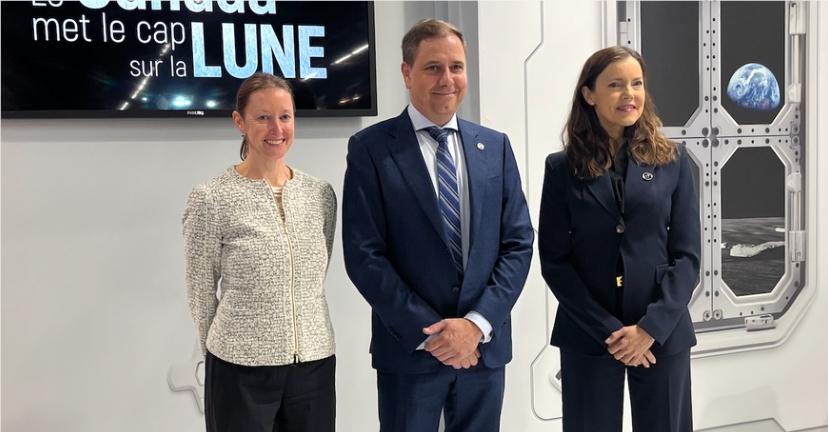The field of space exploration is about to usher in a technological revolution! Spire Global has teamed up with Canadian startup Mission Control to launch a technology demonstration mission called Persistence at the International Astronautical Congress in Milan. This mission will use artificial intelligence technology to achieve a major breakthrough in space autonomy, marking the beginning of a new era of application of AI technology in space exploration. The editor of Downcodes will give you a detailed explanation of this eye-catching space AI project.
At the intersection of technology and space exploration, an exciting innovation is brewing. Spire Global and Canadian startup Mission Control announced a technology demonstration mission called Persistence at the International Astronautical Congress in Milan on October 16. This mission will focus on the application of space artificial intelligence technology and marks the integration of space exploration and AI. A new chapter in technological convergence is about to begin.
Ewan Reid, founder and CEO of Mission Control, introduced at the conference: The Persistence mission will demonstrate the powerful spacecraft onboard autonomy capabilities through a year-long deep learning AI space demonstration. This ambitious project is not limited to Earth observation, but is also an all-round attempt to apply AI in space.

Source: spacenews
Reid emphasized that the core of the Persistence mission is to verify the real-time update, parameter measurement and performance evaluation of the AI model in the space environment, aiming to prove the reliability and broad applicability of AI technology in future space applications. The mission will be carried aboard Spire Global's six-unit Lemur cube satellite, equipped with optical cameras, paving the way for wider space AI applications in the future.
On a technical level, Mission Control plans to demonstrate the capabilities of its SpacefarerAI platform through the Persistence mission. This platform is designed to simplify the deployment and update process of AI models in space flight applications, and is expected to greatly improve the efficiency and flexibility of space missions.
An important goal of the Persistence mission is to demonstrate the powerful potential of AI for data processing in orbit. This not only saves bandwidth resources, but also enables rapid decision-making and improves our understanding of the planet. This innovative way of processing data could revolutionize the operation of future space missions.
In terms of financial support, the Canadian Space Agency (CSA) provided 75% of the project's funding, with the remainder borne by Mission Control. Although the specific amount has not been disclosed, CSA President Lisa Campbell said that this funding will help Canadian companies push their technology to a higher level, demonstrating the country's strong support for space technology innovation.
For Spire Global, the Persistence mission also epitomizes the continued expansion of its space-as-a-service business. Theresa Condor, the company's chief operating officer, said Spire will be responsible for designing, building, launching and operating the Lemur satellite for the Persistence mission. This combination with Mission Control’s innovative AI software represents a significant advancement in orbital AI processing technology.
The significance of the Persistence mission lies not only in technological innovation, but also in that it opens a new paradigm for space exploration. By introducing AI technology into space, we are expected to achieve smarter and more efficient space mission management. This will not only improve data processing capabilities, but may also lead to new scientific research methods and discoveries.
The success of the Persistence mission will provide new possibilities for future space exploration and mark a key step in human exploration of the universe. The editor of Downcodes will continue to pay attention to the progress of this project and bring you more exciting reports.